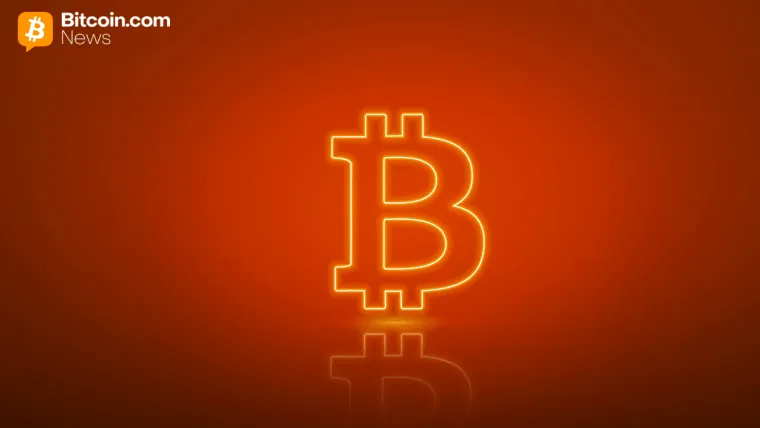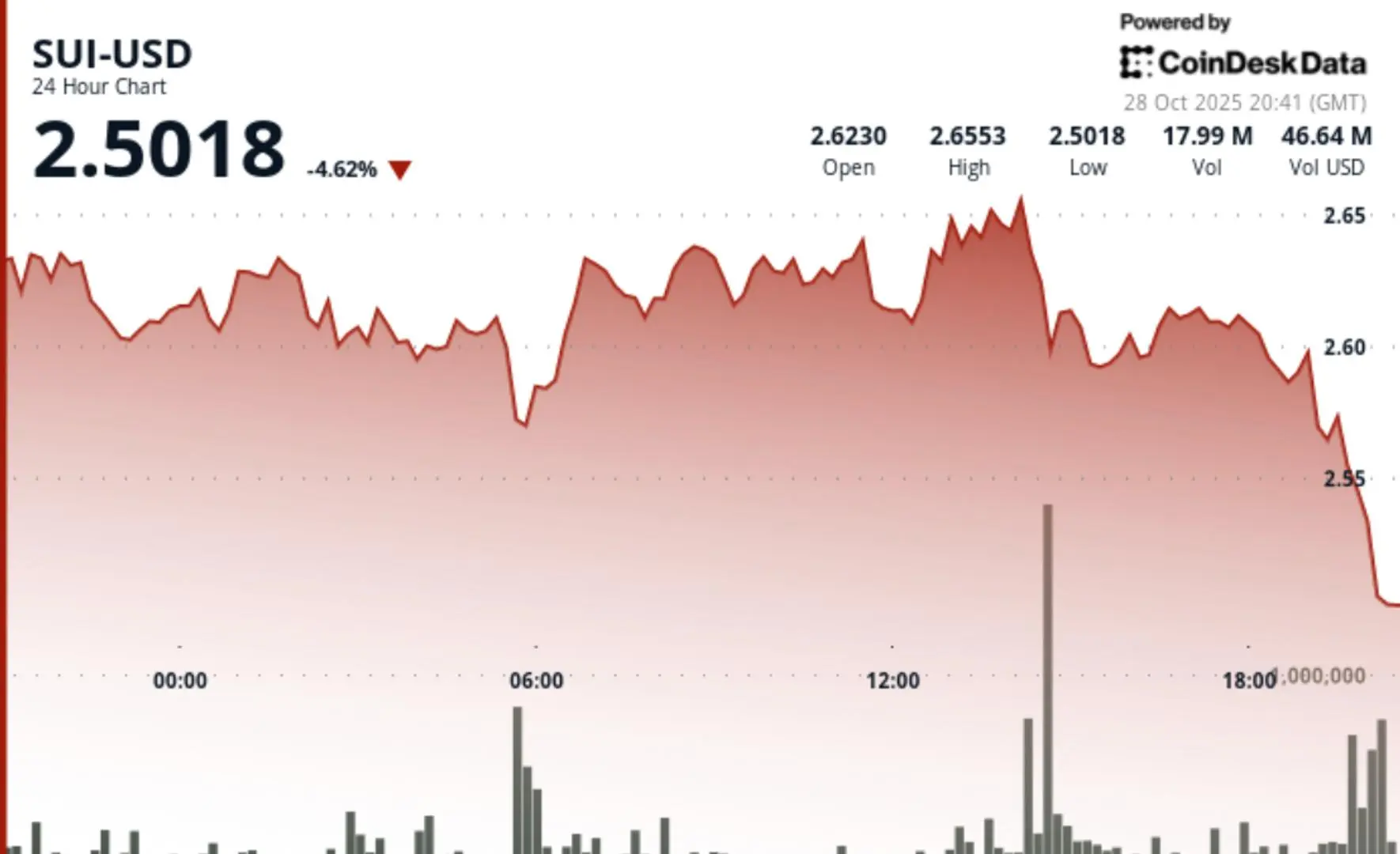This article is reprinted with permission from Mankun Blockchain Legal Services, authors: Huang Wenjing, Chen Haoyang, copyright belongs to the original authors.
With the rapid development of the EU cryptocurrency market, the regulatory environment is also constantly changing. Especially since the implementation of MiCA in 2024, the stablecoin market has undergone significant adjustments. Several trading platforms have delisted stablecoins that failed to meet MiCA compliance requirements, while compliant stablecoins (such as USDC and EUROC) have gradually taken a dominant position in the market. This change not only reflects the increasing strictness of regulatory policies but also marks a new phase in the compliance process of stablecoins in the EU market.
This article will help you understand the impact of MiCA on the stablecoin market, analyze the rapid rise of compliant stablecoins, and explore future compliance strategies for cryptocurrency asset service providers (CASPs) operating in the EU market.
Since the end of 2024, the EU cryptocurrency market has experienced a structural adjustment driven by MiCA regulation. Affected by the new regulations, several major trading platforms have successively delisted stablecoins that do not comply with MiCA requirements, especially those issued by non-EU registered licensed entities, such as Tether (USDT). This process has led to a significant change in market share—compliant stablecoins (such as USDC and EUROC) have rapidly grown, while USDT and others have been cleared from the mainstream trading market.
To better understand this trend, the following chart shows the proportion of MiCA compliant and non-compliant cryptocurrencies in total trading volume since the beginning of 2024. From the chart, it can be seen that at the beginning of the year, non-compliant cryptocurrencies still held a dominant position, but as regulatory policies gradually took effect, the trading share of compliant cryptocurrencies continued to rise.
(As of the end of 2024, stablecoins that meet MiCA standards have occupied a large share of the European market. As of November, Circle's EURC, Société Générale's EURCV, and Banking Circle's EURI together accounted for 91% of the market share.)
As shown in the chart, by mid-November, MiCA compliant cryptocurrencies accounted for 90.6% of total trading volume, while non-compliant cryptocurrencies were left with only 9.4%. This change in data intuitively reflects the market's rapid response and adaptation to regulatory requirements.
After the implementation of MiCA, several large exchanges have successively completed the delisting of non-compliant stablecoins:
In January 2025, Crypto.com announced the delisting of ten stablecoins, including USDT, Wrapped Bitcoin (WBTC), DAI, and Pax Dollar (USDP), across Europe to comply with EU regulatory requirements;
In February 2025, Coinbase removed Tether (USDT) from the list of tradable assets for European customers;
From February to March 2025, Kraken announced a phased delisting of USDT, PYUSD, EURT, TUSD, and other stablecoins in the European Economic Area (EEA), completing the delisting by the end of March and fully stopping trading;
In March 2025, Binance announced the cessation of trading services for all non-MiCA compliant stablecoins (including USDT, TUSD, DAI, etc.) in the European Economic Area and would automatically convert them into compliant stablecoin assets by March 31.
This series of actions indicates that MiCA has not only changed the market landscape but also clarified the dominant position of "compliant stablecoins" in the EU market.
At the same time, Circle successfully launched the euro-pegged EURC after USDC to meet EU regulatory requirements. As a regulated euro stablecoin, EURC fills a market gap and is expected to play a key role in the European market after the exit of dollar stablecoins like Tether.
Although dollar stablecoins still dominate globally, euro-denominated stablecoins (such as EURC and EURS) are gradually gaining more policy support as regulations tighten.
The EU's Markets in Crypto-Assets Regulation (MiCA) establishes the first unified regulatory framework for stablecoins, systematically classifying the legal attributes and regulatory requirements for different types of stablecoins. According to MiCA's definition, stablecoins are mainly divided into two categories:
Asset-Referenced Tokens (ART): whose value is intended to remain stable by referencing one or more fiat currencies, commodities, cryptocurrencies, or a combination thereof;
Electronic Money Tokens (EMT): primarily used in payment scenarios, whose value is maintained by referencing a single official currency, with typical representatives including USDT and USDC.
In terms of regulatory arrangements, MiCA clearly stipulates that issuers of EMTs must be EU-authorized electronic money institutions (EMIs) or credit institutions. This means that the issuance of stablecoins must fall under the regulatory scope of the existing financial system and comply with requirements similar to those for electronic money. Specific obligations include:
Information Disclosure: Issuers must submit a white paper to regulatory authorities, fully explaining the redemption mechanism, risk disclosures, and the composition of reserve assets;
Reserve Management: Reserve assets must fully cover the issuance volume and maintain high liquidity to ensure redemption capability;
Interest Restrictions: Issuers may not pay interest to token holders to prevent stablecoins from being treated as investment products;
Systemic Regulation: For "Significant EMTs" that pose potential systemic risks, direct regulation will be implemented by the European Banking Authority (EBA).
After MiCA's formal implementation, EU regulatory authorities have successively issued supporting guidelines to strengthen enforcement. The EBA issued a statement on July 5, 2024, clarifying that the provisions regarding ARTs and EMTs in MiCA officially took effect on June 30, 2024. Since then, unlicensed stablecoins may not be issued, traded, or listed within the EU. Meanwhile, compliant issuers must continuously report the status of reserve assets and the operation of the redemption mechanism to regulatory authorities to ensure market transparency and investor protection.
Furthermore, the European Securities and Markets Authority (ESMA) issued a statement in January 2025, providing additional clarification on the obligations of cryptocurrency asset service providers (CASPs). ESMA requires that CASPs must completely cease providing trading, exchange, or acquiring services for stablecoins that do not comply with MiCA by the end of the first quarter of 2025, allowing users to exit only through a "sell" mode.
Overall, MiCA, through the collaborative regulation of the EBA and ESMA, has formed a complete compliance framework covering stablecoin classification, issuance qualifications, reserve requirements, and market exit mechanisms. This system not only strengthens financial stability and consumer protection within the EU but also provides a reference model for global stablecoin regulation.
Although USDT has not been "completely banned" by EU regulatory authorities, its compliance status in the EU market is increasingly challenged with the formal implementation of MiCA's provisions on stablecoins. To cope with the regulatory pressure brought by MiCA, several mainstream exchanges, including Coinbase, OKX, and Kraken, have successively announced the delisting or restriction of USDT trading. This trend is primarily due to the following reasons:
- Failure to meet MiCA compliance thresholds
MiCA stipulates that issuers of electronic money tokens must be EU-authorized electronic money institutions or credit institutions. However, Tether Limited, the issuer of USDT, has not obtained any form of EMI license in the EU and has not submitted a white paper that meets MiCA requirements to regulatory authorities. Its reserve disclosure methods and internal compliance systems do not meet EU regulatory standards, leading to USDT being classified as a "non-compliant stablecoin."
- Potential financial stability risks
According to MiCA requirements, issuers of significant stablecoins must ensure strict liquidity management. As the largest stablecoin by market capitalization, Tether could pose risks to the EU financial market if it loses its stability.
- Reserve transparency and audit issues
Transparency is at the core of the MiCA regulatory framework. Tether has long been controversial due to insufficient reserve disclosures, and its public documents lack comprehensive third-party audit support. The U.S. Commodity Futures Trading Commission (CFTC) and the Securities and Exchange Commission (SEC) have previously penalized Tether for false reserve statements, further undermining its credibility in the EU regulatory context.
- Regulatory registration and regional compliance deficiencies
Tether Limited is registered in the British Virgin Islands and is not included in the EU regulatory system, nor is it subject to direct supervision by any member state's financial regulatory authority. This means it is legally difficult to meet MiCA's requirements for traceability and regulatory accessibility of issuing entities.
Based on the above factors, the principles of "transparency, auditability, and accountability" advocated by MiCA make it difficult for USDT to obtain legal status in the EU market. Both the EBA and ESMA emphasize that stablecoin issuers should establish ongoing reserve disclosure and risk management reporting mechanisms when enforcing MiCA, while Tether's current compliance capabilities are clearly insufficient.
Therefore, on the eve of MiCA's full implementation, major European trading platforms have chosen to proactively adjust their business layouts, gradually reducing or stopping USDT's trading and settlement functions to mitigate regulatory risks and align with policy directions.
This series of actions signifies that the EU is promoting the compliance and localization of the stablecoin ecosystem through market-oriented means, and compliant euro-denominated stablecoins (such as EUROe and EURCV) are expected to gain broader development space in this regulatory environment.
Unlike USDT, the issuers of USDC and EUROC—Circle France SAS—have obtained an electronic money institution license issued by the French financial regulatory authority ACPR and strictly comply with MiCA (EU Market Regulation on Crypto Assets) requirements, meeting compliance regulations. This has led to their formal recognition as compliant stablecoins in the market, receiving regulatory approval for stablecoins.
In the issuance process, USDC and EUROC meet MiCA's requirements in reserve management, compliance disclosure, and liquidity assurance, ensuring their legality and compliance. Specifically, these two stablecoins have the following significant compliance advantages:
Audits and transparency: USDC regularly publishes audit reports conducted by third-party institutions, transparently disclosing its reserve structure. This practice not only enhances market trust in its compliance but also meets MiCA's transparency requirements for stablecoins.
High liquidity and security of reserves: USDC's reserves are entirely composed of cash and short-term government bonds, meeting MiCA's high liquidity requirements. This ensures the stablecoin's redemption capability and effectively reduces potential market risks.
Widespread adoption by financial institutions: USDC has been widely adopted by several mainstream financial institutions and payment service providers, establishing a strong compliance reputation. As one of the major global payment channels, its compliance has been recognized by international regulatory authorities.
Compliance within the Eurozone: Euro stablecoins like EUROC are also gradually receiving support from EU regulatory authorities. They are seen as potential core tools for compliant trading and payments within the Eurozone and are expected to occupy a more important position under the MiCA regulatory framework.
As MiCA is gradually implemented, the compliance status of USDC and EUROC is expected to be further solidified. Particularly considering that Tether (USDT) has not yet completed MiCA compliance rectification, USDC and EUROC have already occupied an important position in the stablecoin sector in the European market and are expected to continue expanding their market share, further solidifying their dominant position in the Eurozone.
For CASP institutions planning to apply for or already operating in the EU, ensuring compliance is key to their smooth operation and obtaining regulatory approval. With the gradual implementation of MiCA, EU regulatory authorities are imposing increasingly strict requirements on the cryptocurrency industry. Therefore, CASP institutions need to approach compliance from multiple angles to ensure their business and products meet EU regulatory requirements. Here are some specific compliance recommendations:
- Prioritize Compliant Stablecoins Issued by Electronic Money Institutions (EMI)
When selecting stablecoins for payment or trading, CASP institutions should prioritize compliant stablecoins issued by EMIs, such as USDC and EUROC. These stablecoins not only meet MiCA's regulatory requirements but also possess strong transparency and stability, providing institutions with higher compliance assurance. Choosing compliant stablecoins helps reduce compliance risks and enhances the institution's reputation and customer trust. Especially when facing regulatory scrutiny, compliant stablecoins will be the safest choice.
- Regularly Track the Latest Regulatory Lists and Guidelines Issued by ESMA and EBA
The European Securities and Markets Authority (ESMA) and the European Banking Authority (EBA) are crucial regulatory bodies in the implementation of MiCA. They regularly publish regulatory lists, guidelines, and policy changes regarding cryptocurrencies. CASP institutions should regularly monitor the latest notifications and guidelines issued by these bodies to ensure their operations and products comply with the latest regulatory requirements. Particularly as the implementation details of MiCA continue to be updated, timely following these policy changes is essential for CASP institutions. Only by closely monitoring regulatory changes can they effectively prevent compliance risks and ensure their operations align with the EU legal framework.
- Establish an Internal Currency Assessment Mechanism to Ensure Products Meet MiCA Standards
CASP institutions need to handle various types of cryptocurrencies in their operations, including stablecoins, tokens, and other crypto assets. Therefore, establishing a comprehensive internal currency assessment mechanism is key to ensuring products meet MiCA standards. The assessment mechanism should include reviews of compliance, transparency, risk management, and other aspects for each type of cryptocurrency, ensuring that all products used comply with legal requirements. This mechanism can help CASP institutions identify potential compliance issues early and rectify them, avoiding penalties during regulatory inspections.
- Avoid Using Unlicensed or Insufficiently Transparent Stablecoins to Prevent Compliance Risks Affecting License Approval
For CASP institutions, using unlicensed or insufficiently transparent stablecoins can pose significant compliance risks and even affect their license approval. Stablecoins that have not been approved by regulatory authorities (such as some non-compliant stablecoins not authorized by MiCA) often lack transparent reserve management and may pose risk hazards. This not only affects the institution's compliance status but can also severely damage its reputation. Therefore, CASP institutions should rigorously review the compliance of stablecoins when selecting them, avoiding the use of non-compliant products that could impact their license applications or operations.
In summary, for CASP institutions to operate smoothly in the EU market and obtain regulatory approval, they must place a high priority on compliance issues. By choosing compliant stablecoins, regularly tracking regulatory trends, establishing internal assessment mechanisms, and avoiding non-compliant products, CASP institutions can effectively reduce compliance risks and lay a solid foundation for their future long-term development. Additionally, compliance is also an important way to gain customer trust and achieve market recognition.
The implementation of MiCA has not only changed the landscape of stablecoins in the EU but is also influencing the global cryptocurrency ecosystem.
In the coming year, the line between compliant and non-compliant will become clearer:
- Non-compliant stablecoins exiting the EU market is an inevitable institutional evolution;
- Compliant stablecoins (such as USDC and EUROC) will gain more robust development space based on transparency and trust.
This regulatory "reshuffle" is not a denial of innovation but a crucial step in transitioning the cryptocurrency market from the "experimental phase" to the "mature phase."
Related: Bitcoin (BTC) application Relai receives EU green light with MiCA license
Original: “CASP Stablecoin Service Guidelines Under the MiCA Framework: Currency Selection and Risk Alerts”
免责声明:本文章仅代表作者个人观点,不代表本平台的立场和观点。本文章仅供信息分享,不构成对任何人的任何投资建议。用户与作者之间的任何争议,与本平台无关。如网页中刊载的文章或图片涉及侵权,请提供相关的权利证明和身份证明发送邮件到support@aicoin.com,本平台相关工作人员将会进行核查。




